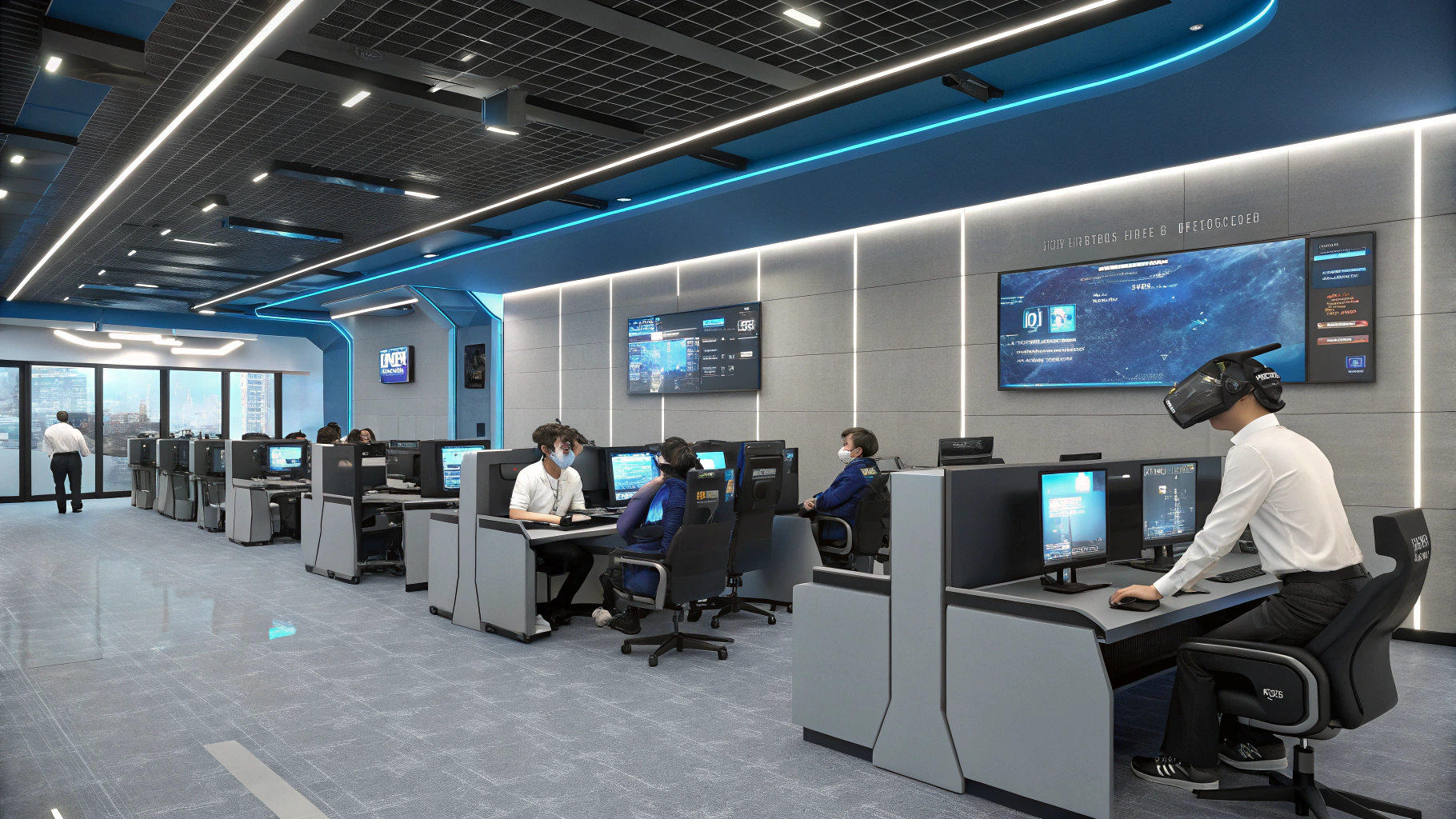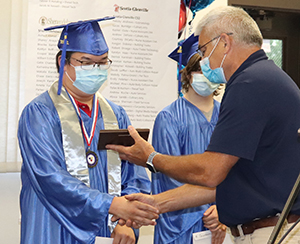Introduction
Trade schools bridge the gap between education and employment by equipping students with skills for high-demand careers. A 2025 analysis shows institutions prioritizing trade school curriculum development aligned with industry standards achieve 20% higher graduate employment rates than their peers. This is because successful trade schools constantly update their programs through employer partnerships, tackle modernization challenges head-on, and use meaningful metrics to ensure they're preparing students for today's job market. Here's how they're making it work.
Core Industry Standards Driving Curriculum Design
Today’s programs combine technical certifications with soft skills employers are looking for.
Hands-On Skill Requirements
Georgia’s Technical College System uses employer feedback to standardize welding and healthcare training. For example, aerospace manufacturers now require augmented reality (AR) simulations to teach precision metalworking, which is a skill embedded in revamped welding curricula 1.

Regional Labor Market Alignment
Programs adapt to local job markets. Detroit trade schools prioritize robotics and electric vehicle maintenance to meet automotive industry demands, while Texas institutions near semiconductor plants emphasize microchip fabrication 2.
Professional Skill Integration
Employers like Tampa’s Moseley Technical Services increasingly seek problem-solving and communication skills. HVAC programs now include client interaction simulations where students diagnose issues while explaining repairs to “homeowners” 3.

Keeping Curriculums Agile
Schools use four proven strategies to keep up and stay ahead.
Industry Advisory Partnerships
Dallas County Schools added 3D printing modules to construction courses after contractor feedback highlighted its role in modern building design.
“We need graduates fluent in digital prototyping tools,”
shared a local architecture firm partner 4.
Leveraging Technology
-
Plumbing students practice complex pipe systems in VR environments, cutting training costs by 40% 5.
-
Adaptive AI software personalizes cybersecurity lessons based on student progress.

Instructor Externships
Minnesota instructors spent summers installing solar panels for local energy companies.
“That hands-on experience let me teach cutting-edge green tech confidently,”
said instructor Marco Ruiz, leading to a 30% rise in student competency 4.

Data-Driven Updates
Schools retire outdated courses using wage data and employer surveys. Iowa’s programs achieved 92% job placement by aligning welding metrics with John Deere’s hiring needs 2.
Overcoming Modernization Challenges
Funding Technology Upgrades
The recently enacted 2025 TechEd Expansion Act helps rural schools afford AR/VR tools. Southwest Kansas Technical College used grants to launch a smart agriculture program training drone operators for local farms 8.
Faculty Recruitment
Colorado’s “Earn to Learn” initiative offers robotics experts competitive salaries to teach.
“We match private-sector pay to attract talent,”
explained program lead Sarah Nguyen 4.

Measuring Success
Skill-Based Assessments
Electrical students repair simulated power grids evaluated by industry judges.
“It’s like a final exam mirroring real job pressures,”
said graduate Tasha Rivera, now a Georgia Power technician 10.

Long-Term Tracking
Michigan schools saw 25% higher employer satisfaction after adding VR engine repair training. Annual surveys now guide course adjustments in real time 5.
The Road Ahead
Three trends are expected to reshape programs by 2030:
-
AI-Personalized Learning: Algorithms will tailor IT curricula to individual paces and local job needs.
-
Cross-Training: Electricians will learn basic coding for smart home installations as IoT adoption grows.
-
Sustainability Standards: Solar panel and heat pump training will expand to meet climate mandates.

Conclusion
Successful trade schools keep their curriculum fresh by staying in constant conversation with employers and keeping up with new technology. When Maria Gomez graduated from Dallas County’s updated welding program, she immediately secured a role at SpaceX, a testament to programs focus on both innovation and what the job market actually needs. When schools stay flexible like this, they’re both training workers and helping power their entire local economy.


